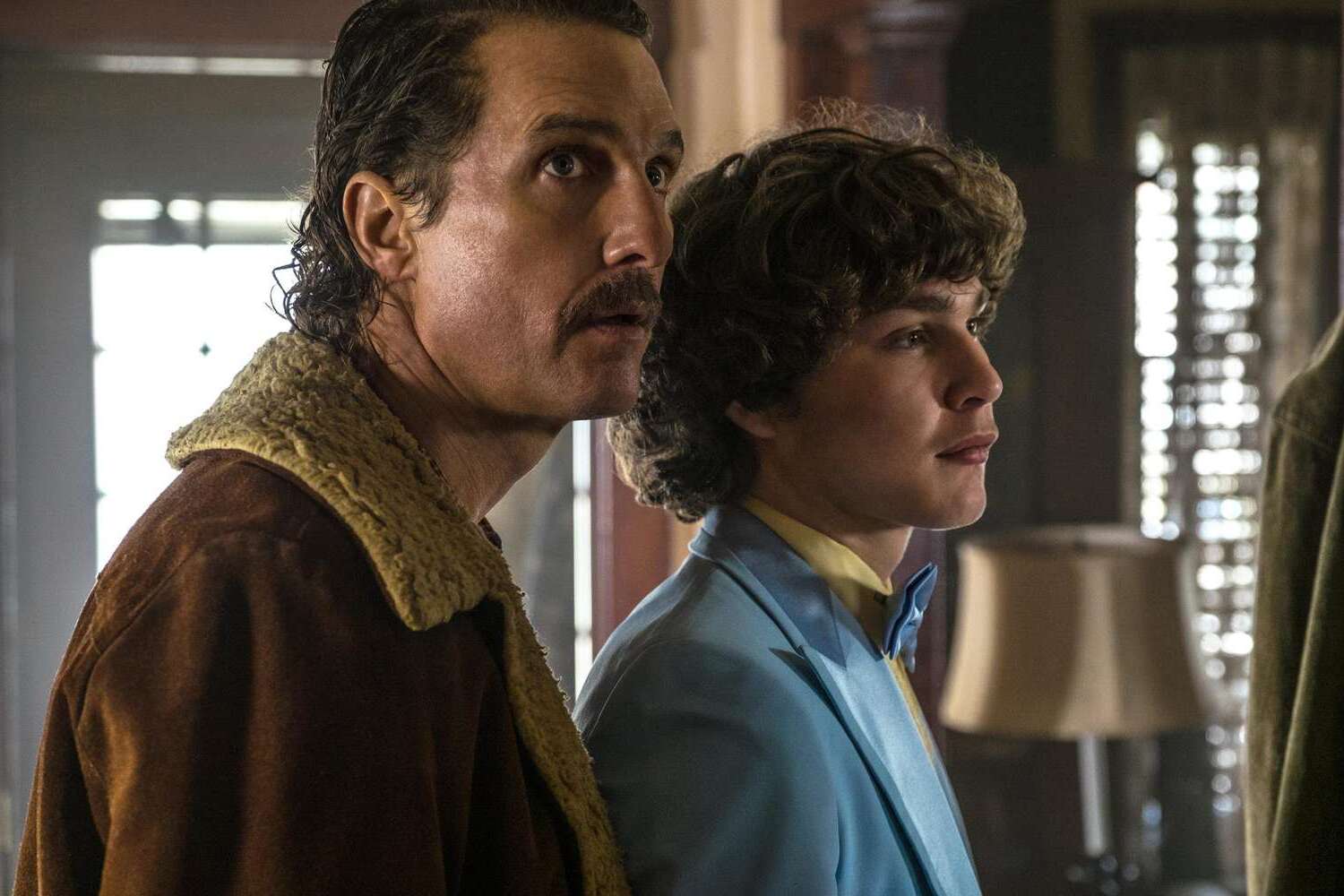
Josef Mengele, often called the "Angel of Death," was a Nazi doctor infamous for his cruel experiments at Auschwitz. Born in 1911, Mengele pursued a career in medicine and anthropology, eventually joining the Nazi party. His work at Auschwitz involved horrific medical experiments on prisoners, especially twins, in the name of science. Mengele's actions have left a dark legacy, making him one of history's most notorious war criminals. Despite his heinous crimes, he evaded capture for years, living under various aliases until his death in 1979. This article delves into 40 chilling facts about Josef Mengele, shedding light on his life, actions, and the aftermath of his deeds.
Key Takeaways:
- Josef Mengele, known as the "Angel of Death," conducted cruel experiments on prisoners at Auschwitz, leaving a lasting impact on history and ethical medical research.
- Mengele's notoriety has made him a subject of fascination and horror in popular culture, inspiring numerous works of fiction and documentaries exploring themes of morality and human rights.
Early Life and Education
Josef Mengele, often referred to as the "Angel of Death," was a German SS officer and physician notorious for his inhumane medical experiments during World War II.
- Born on March 16, 1911, in Günzburg, Germany, Mengele was the eldest of three sons in a wealthy family.
- He studied philosophy in Munich before switching to medicine at the University of Frankfurt.
- Mengele earned a Ph.D. in anthropology in 1935, focusing on racial differences in human jaw structure.
- He joined the Nazi Party in 1937 and the SS in 1938, aligning himself with their ideologies.
Role at Auschwitz
Mengele's most infamous period was his time at Auschwitz concentration camp, where he conducted brutal experiments on prisoners.
- Arriving at Auschwitz in May 1943, Mengele quickly became the chief physician at the Birkenau subcamp.
- He was known for his role in the selection process, deciding who would be sent to the gas chambers.
- Mengele conducted horrific experiments on twins, attempting to uncover genetic secrets.
- He also performed experiments on people with heterochromia, a condition where a person has two different colored eyes.
- Mengele's experiments often resulted in death, disfigurement, or permanent disability for the subjects.
Experiments on Twins
Mengele's obsession with twins was particularly notorious, as he believed they held the key to understanding genetic inheritance.
- He would often separate twins from their families upon arrival at Auschwitz.
- Twins were subjected to blood transfusions, injections, and surgeries without anesthesia.
- Mengele meticulously documented the twins' physical traits and any changes resulting from his experiments.
- Many twins died from infections, complications, or direct results of the experiments.
- Survivors often suffered long-term physical and psychological trauma.
Escape and Post-War Life
After the war, Mengele managed to evade capture and lived a life on the run.
- Mengele fled Auschwitz in January 1945 as the Soviet army approached.
- He initially hid in Germany, using false identities to avoid detection.
- In 1949, Mengele escaped to Argentina with the help of a network of Nazi sympathizers.
- He lived in Buenos Aires under the alias "Helmut Gregor."
- Mengele moved to Paraguay in 1960 after Israeli agents captured Adolf Eichmann in Argentina.
- He later relocated to Brazil, where he lived under various pseudonyms.
Attempts to Capture Mengele
Despite numerous efforts, Mengele managed to evade capture for decades.
- The Mossad, Israel's national intelligence agency, conducted several operations to capture Mengele.
- In the 1960s, West Germany issued an international arrest warrant for Mengele.
- Mengele's family in Germany provided financial support, helping him stay hidden.
- He narrowly escaped capture multiple times due to tip-offs and luck.
- Mengele's death in 1979 was not confirmed until 1985, when his remains were exhumed and identified through forensic analysis.
Legacy and Impact
Mengele's actions left a lasting impact on history and the survivors of his experiments.
- Survivors of Mengele's experiments have shared their harrowing stories, ensuring his atrocities are not forgotten.
- Mengele's name has become synonymous with the horrors of Nazi medical experiments.
- His actions have been widely condemned by the medical community and human rights organizations.
- Mengele's experiments contributed to the development of ethical standards in medical research, emphasizing the importance of informed consent.
- Numerous books, documentaries, and films have been made about Mengele, exploring his life and crimes.
Mengele in Popular Culture
Mengele's notoriety has made him a subject of fascination and horror in popular culture.
- He has been depicted in various films, including "The Boys from Brazil" and "Marathon Man."
- Mengele appears as a character in several novels, often portrayed as the epitome of evil.
- His life and crimes have been the subject of numerous documentaries and TV shows.
- Mengele's story has inspired countless works of fiction, exploring themes of morality, science, and human rights.
- His name is often used as a symbol of the dangers of unchecked scientific experimentation.
Controversies and Myths
Mengele's life and actions have been surrounded by numerous controversies and myths.
- Some conspiracy theories suggest Mengele continued his experiments in South America, though no evidence supports this.
- There have been claims that Mengele was protected by powerful figures, but these remain unproven.
- Mengele's exact role in the Nazi hierarchy has been debated, with some arguing he was a minor figure compared to others.
- The extent of Mengele's medical knowledge and expertise has been questioned, given the pseudoscientific nature of his experiments.
- Despite his infamy, Mengele's motivations and personal beliefs remain a subject of speculation and study.
Reflecting on Josef Mengele's Legacy
Josef Mengele's actions during World War II left an indelible mark on history. Known as the "Angel of Death," his cruel experiments on prisoners at Auschwitz were nothing short of horrific. Mengele's obsession with genetics and eugenics led to countless deaths and unimaginable suffering. Despite his attempts to evade justice, his name remains synonymous with the atrocities of the Holocaust.
Understanding Mengele's legacy is crucial for remembering the victims and ensuring such horrors never happen again. His story serves as a grim reminder of the depths of human cruelty and the importance of vigilance against hatred and discrimination. By studying this dark chapter, we honor those who suffered and reinforce our commitment to a more just and humane world.
Frequently Asked Questions
Was this page helpful?
Our commitment to delivering trustworthy and engaging content is at the heart of what we do. Each fact on our site is contributed by real users like you, bringing a wealth of diverse insights and information. To ensure the highest standards of accuracy and reliability, our dedicated editors meticulously review each submission. This process guarantees that the facts we share are not only fascinating but also credible. Trust in our commitment to quality and authenticity as you explore and learn with us.


